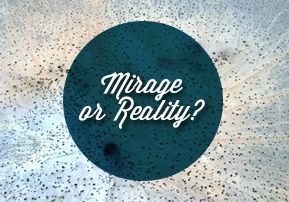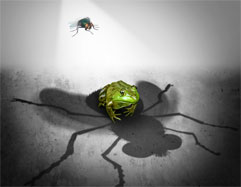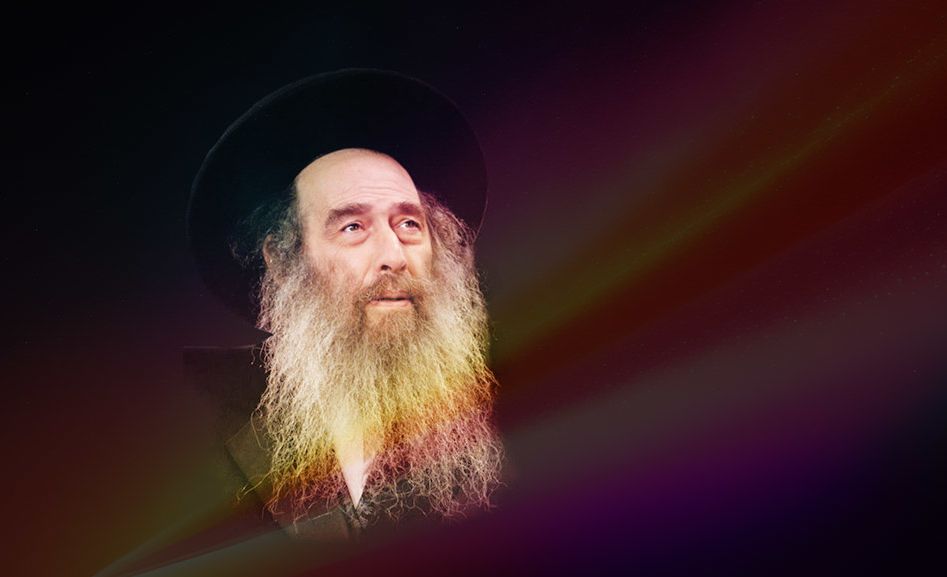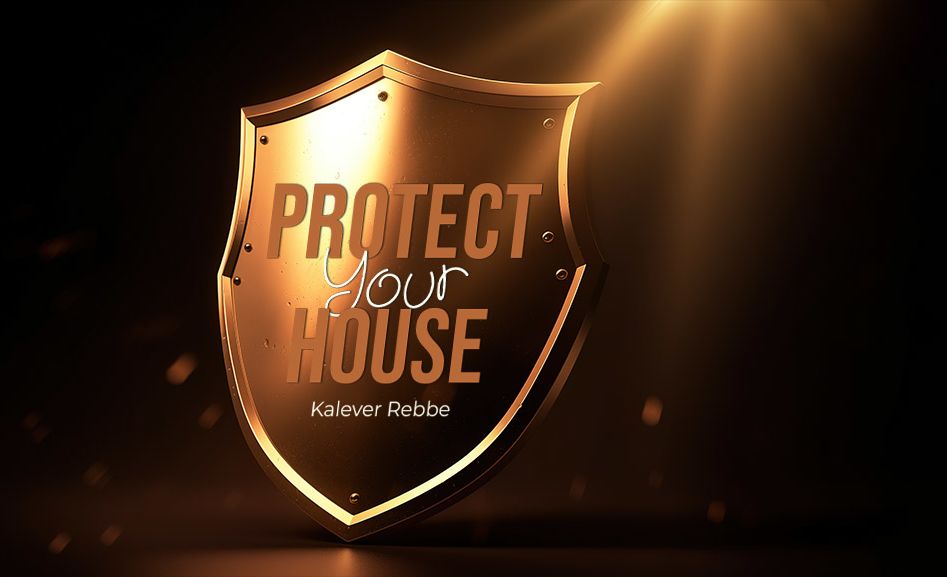
Mirage or Reality?
Identifying reality is synonymous to identifying truth, learning how to navigate our lives on earth properly. This type of education should start at conception...

For thousands of years until this very day, truth seekers all over the globe have felt there is something more behind time and space – that true reality cannot be perceived with the senses. What we see, hear, taste, smell, and touch – the tangible reality – is less than 4% of the true reality. The 96%, the spiritual reality, lies beyond the senses in the area of the unknown—what we cannot experience in a tangible manner.
It is possible to sense a glimmer of reality through concepts that are very hard to define like love, empathy, generosity, unselfishness, and friendship. These feelings are the real deal. The rest is falsehood and distractions that lie above the level of our skin, which is the barrier between our essence beneath, and what is clearly in front of us.
True reality lies beneath the surface, and we cannot experience these things directly. Thus, many of us seldom discuss them. Only our heart sometimes feels a connection to something deeper, but the connection may be fleeting for many. Judaism teaches that we must not trust our hearts because they can be “fickle” and lead us astray. This is very true. The philosophy of “following one’s heart” can be extraordinarily misleading, so Judaism does not embody it. For example, sugar tastes delectably good, but if we consume too much sugar, the consequences will be terrible to our health. A nice-looking con man  may look good, but our eyes lead us astray, so we must be vigilant. We can be led astray by sound as well. Sweet-sounding words lure people to places they should not be.
may look good, but our eyes lead us astray, so we must be vigilant. We can be led astray by sound as well. Sweet-sounding words lure people to places they should not be.
Identifying reality is synonymous to identifying truth, learning the lessons of life and navigating our lives on earth properly. This type of education should start at conception. The caveat is that parents need to learn first before they can teach the principles of truth and of proper living to their impressionable children.
Because the world is not in its ideal state, G-d wants us to learn the principles and get busy teaching them to others and putting them into practice in our lives now. One principle is that the Jewish People have an authentic binding agreement, a Covenant, with G-d to learn what we need to do to create a better world—to complete ourselves and to spread the light to others. The Torah teaches the path to completion. Over the years the distance between the operation of the Torah way and the way of the World of the Senses, the secular world, has widened. These two philosophies are at opposite ends of the scale of polarity. G-d has allowed us to choose one or the other or a mix of both as well as the manner in which we implement our choice. The result has been a multitude of opinions, little consensus, frustration, and a lot of heartache. Something is very wrong with this picture.
People living in the fantasy world shun the responsibility to search for truth. Taking responsibility is a true sign of maturity. Maturity has been an issue for our people throughout history. The other problems that we see are just blessings in disguise that so many of us have not prepared ourselves to receive. The Law of Polarity is real. Judaism favors the middle and that is why chesed (kindness) cannot be expressed in its ultimate dimension without the introduction of its opposite, which is gevurah (discipline). We cannot raise children, for example, with only kindness in mind, because we would spoil them and cause tremendous entitlement. So we infuse discipline with love to guide them properly.
The concept of measure (middah) is very important in Judaism. We measure everything, especially our character traits (middot). We believe in balance on a personal and on a global level. For example, the states of California and Louisiana have opposite problems. Here we see two phenomena occurring—raging fires and overpowering floods—both of which prove, beyond a shadow of a doubt, that good can turn to evil if overindulged. Fire, when used to light Shabbat candles at the proper time, is an example of fire used for good. Fire that ignites dry grass and brush causes conflagrations of major proportion. Water is life-sustaining, but when it starts to pour without limit, it creates destructive floods.
How can we apply these dichotomies to ourselves? The life-enhancing power of the Torah is compared to water. However, if we only study Torah, shelter ourselves from spreading the truth, and become arrogant about how much we know, we can, without realizing it, cause a deluge, because the water accumulates in one area. At the other extreme, if we ignore the Torah and engage in activities that belong solely to the 4% reality, we, also perhaps unknowingly, cause tremendous dryness and drought, making the conditions very susceptible to fire. By ignoring the “life-sustaining” potential of the Torah, of water for our souls, we propagate conditions that encourage devastation, including uncontrollable infernos. So what is the solution?
It’s not easy to take responsibility, but, in my experience, nothing could be more conducive to happiness, pleasure (fun), and meaning than when we join with other truth-seekers and take action, directing our efforts to finding Hashem. When we make a commitment to the maturation process, start the learning, and begin the journey toward the light, only benefit can ensue. This is an auspicious time to learn what life is really all about. We have a direct connection to success and progress. We just have to access it, believe, and open our eyes to the miracles that we are capable of creating just by our willingness to try something new and inspiring. That's what Spiritual Reality is all about.







Tell us what you think!
Thank you for your comment!
It will be published after approval by the Editor.